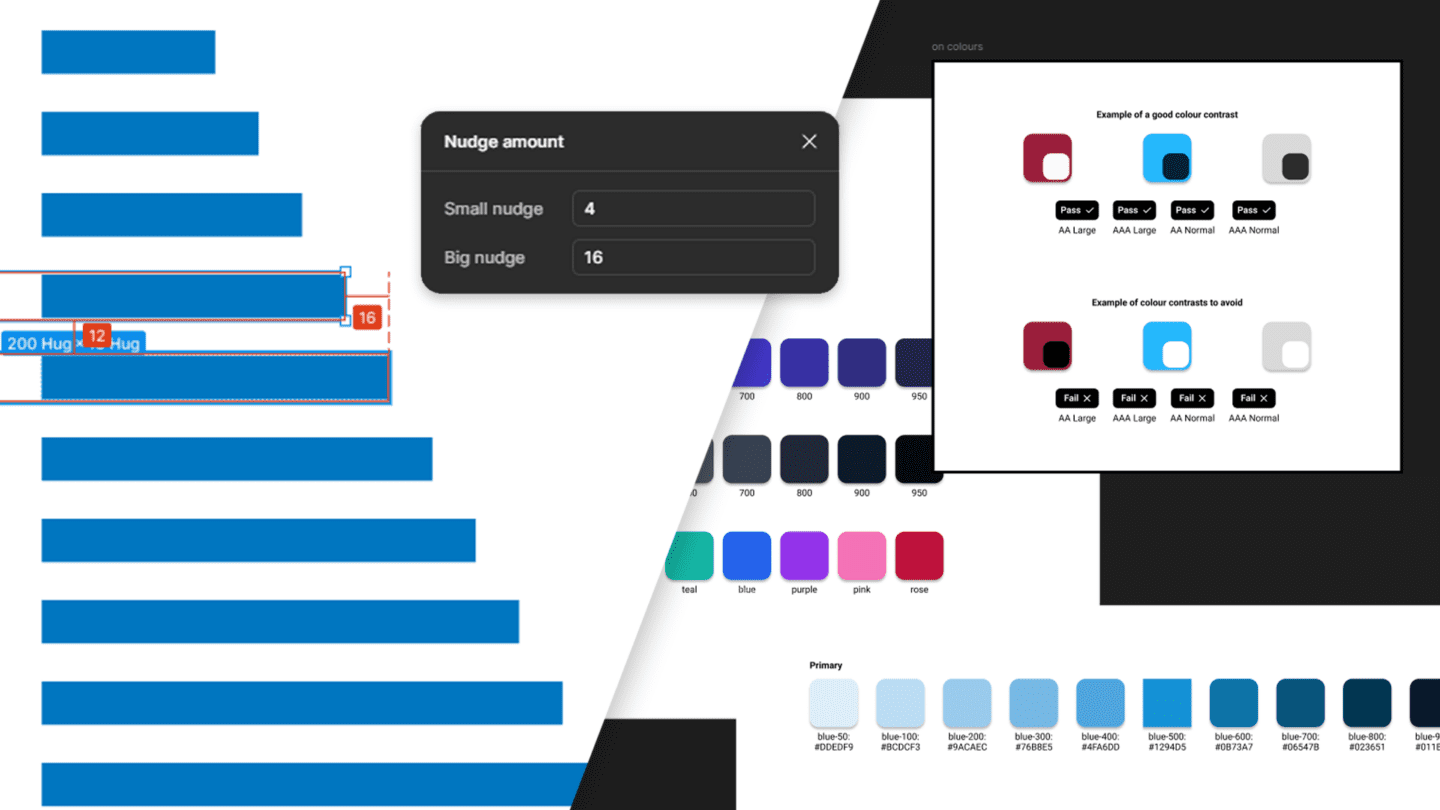Industries, business models, products and services evolve over time. As the product lifecycle and S-curves depict, they tend to go through a predictable cycle of innovation, adoption, growth, maturity, and eventual decline. Gartner’s Hype Cycle explores the first of these stages in greater detail, highlighting overhypes areas, and estimating when innovations and trends will reach maturity.
The following video, apart from being an amazing piece of work, really highlights this:
A Quarter Century of Hype – 25 Years of the Gartner Hype Cycle from Mark Mine on Vimeo.
Change … it’s inevitable
In terms of the tech industry, major shifts tend to occur every 15-20 years. New models of computing drive this. For a time, mainframes were the dominant model of computing. But over time these were displaced by the emergence of PCs. And then PCs were displaced by the web. Which in turn was displaced by smartphones.
The companies that win each model, tend to dominate the industry. Each of these new models started out looking flawed or insignificant. But over time they grew until they overtook the incumbent approach.
Microsoft made IBM look antiquated. Then Google did the same to Microsoft – who despite being well on their way to recovery (at least in terms of share price), certainly aren’t as feared, as they once were. And so, it will be the same for the darlings of today (also known as the FAANGs) … it may take time, but it is inevitable. As whilst we agree modern accountancy struggles to accurately value intangible assets, the 1970’s and the demise of many of the “Nifty Fifty’s” is worth considering.
History never repeats itself, but it does often rhyme.
Mark Twain
It’s also worth noting that cultural endism can often trick us into thinking that just because a new model has risen to dominate, former models are killed off in their entirety. But this simply isn’t true … mainframes are still big business, and despite what many marketers and sales teams pitch, many CTOs still prefer dedicated servers and co-location as opposed to going all-in on the Cloud. In fact, despite it being quite a ‘boring’ term to many … it’s estimated that only 25% of enterprises have migrated all of the systems and infrastructure they wish to.
So, this just reiterates how long the adoption and growth stages can take. It also evidences the disconnect between hype, perception, and reality.
So, what’s coming next …
AR, VR? I think it’s fair to say that whilst the potential is clearly there, we’re still very much at the stage of trying to identify what that is … from a mainstream and commercial viability perspective.
And if we discount the frontier tech that is still very much in the lab vs. In the wild (e.g., quantum, neural interfaces, AR optics, etc) then were back to looking at structural innovation. Things like 6G, Robotics, Machine learning and Edge computing qualify, and you could potentially add Crypto and Blockchain to that list.
At the moment all of the attention seems to be on crypto and NFTs. However, as Gartner’s hype cycle highlights; beware the trough of disillusionment.
Narrative drives everything and there’s no doubt the narrative will turn for these emerging technologies – crypto and NFTs included. When it does, that doesn’t mean they’re not incredibly exciting, and valuable technologies that are likely to have a transformative impact on how we do things in the future.
The unforeseen consequences of innovation
It’s like the car industry … the first 50 years was spent working out how to make cars and how to run a successful car manufacturing company. The next 50 years was all about what happened when everyone had one, that’s when things really started to change. Suburbia, shopping centres, etc, all came about because of what having a car enabled. And you can guarantee no one foresaw these bigger, and perhaps more important knock-ons.
Smartphone adoption and penetration has happened rapidly. Far faster than cars. But we’re only just at the start of working out how to make the most out of the hardware and connectivity we have in our pockets, and how this can be applied and perhaps extended. Which is incredibly exciting.
Focus on people, not the tech
So, as S-curves and Gartner’s Hype Cycle highlight, some of the emerging technologies that are being hyped today are highly likely to underpin the new applications, use cases, and experiences that we come to rely on in the future. We just don’t know what these could be, or how long it will take us to get there … yet.
But when we do, one thing is certain. People won’t care about the underlying technologies. They’ll care about the experience, benefit, or outcome of using them.


